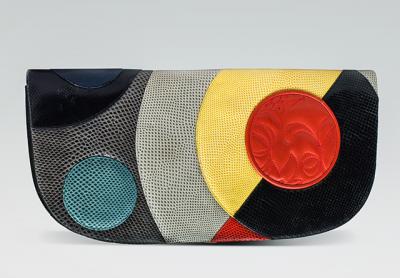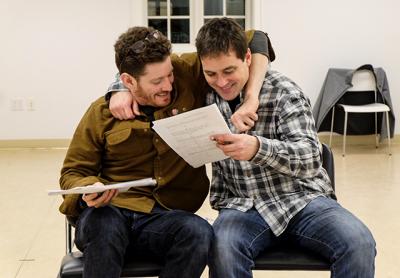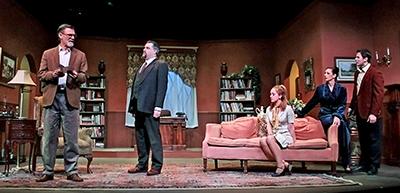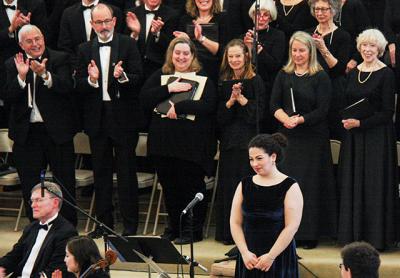Real Fiction Workshop
Real Fiction Workshop
A writing workshop taught by Judson Merrill, one of Guild Hall’s five artists-in-residence, will take place on four consecutive Thursdays starting April 5 from 6 to 8 p.m. Titled “Writing Workshop Real Fiction: Writers, Readers, and the Battle Over Truth,” it will examine the ways fiction uses and abuses ideas of truth and authorship, experiment with those techniques, and discuss the creative and social benefits as well as the pitfalls.
Mr. Merrill studied literature and writing at Brown University and received an M.F.A. from Brooklyn College, where he taught writing for several years. His work has appeared in The Iowa Review, The Southampton Review, Unstuck, and McSweeney’s Internet Tendency, among others. He is currently writing a novel about grief and a sci-fi memoir about partnership.
The fee is $100, $80 for members. The class will be limited to 15 students.




